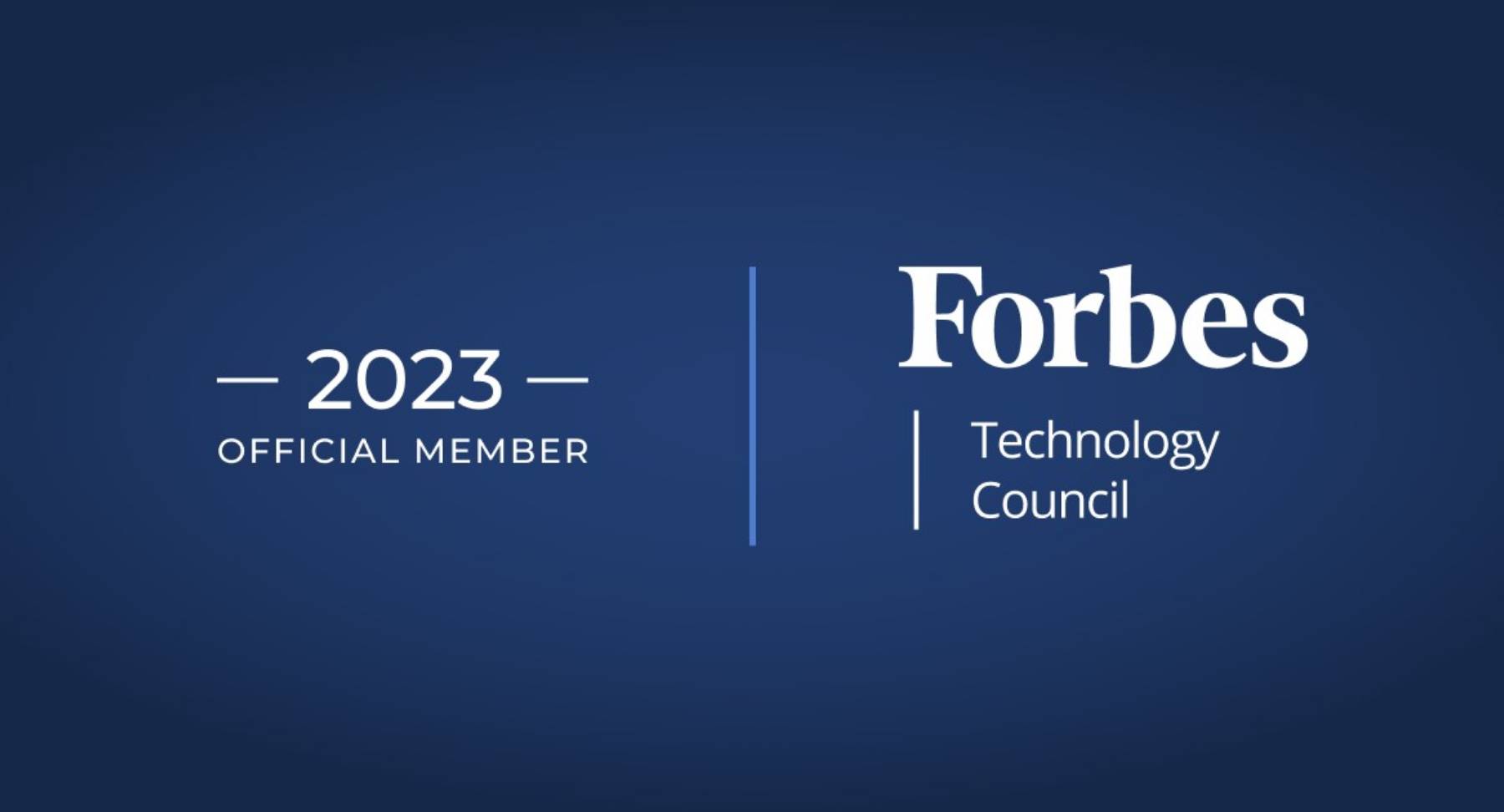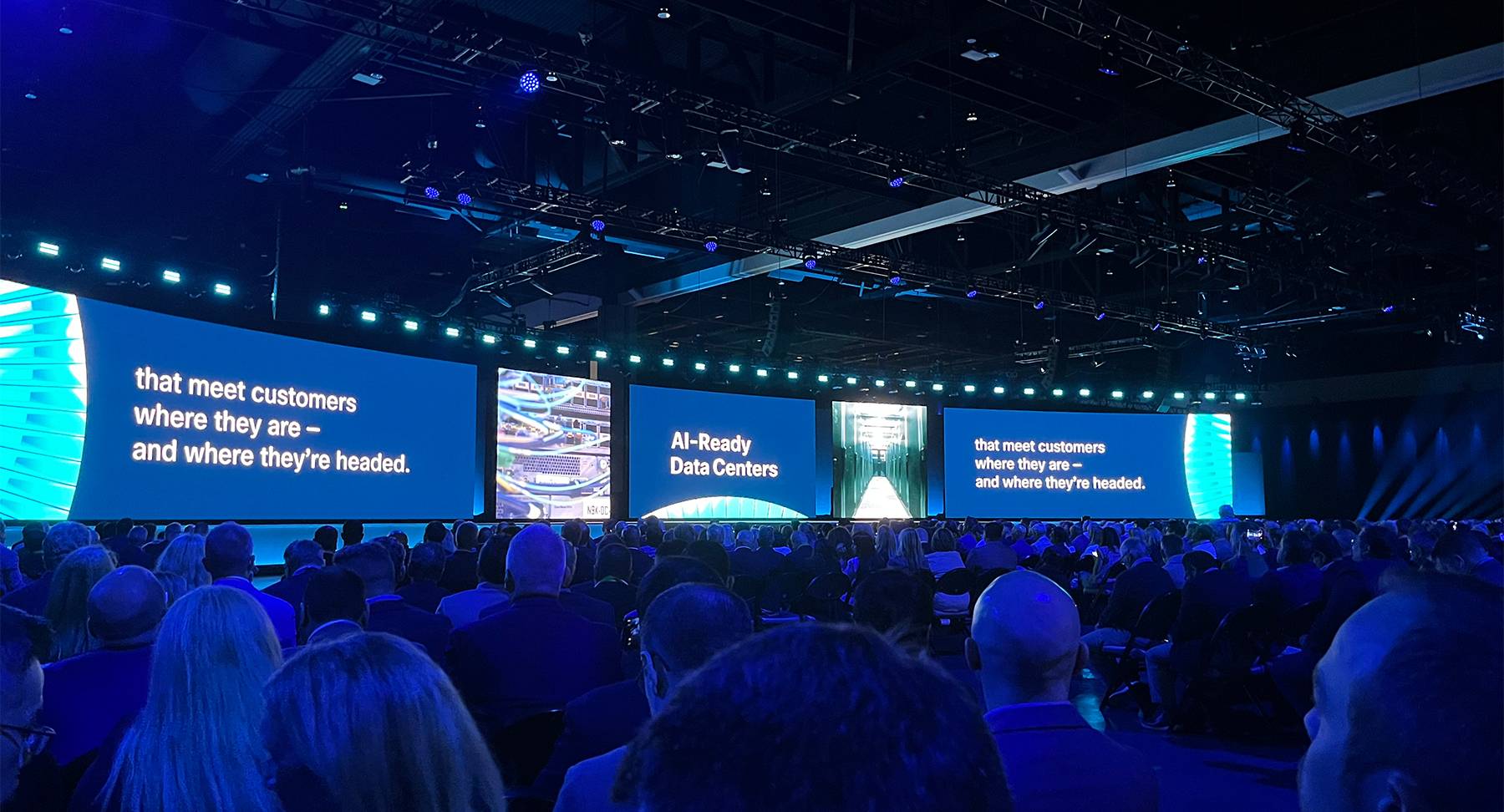
This article was first published on Forbes.com as part of David Grant’s membership of Forbes Technology Council. Read the original Forbes article here.
The B2B technology landscape is evolving at an unprecedented pace. The growing popularity of digital marketplaces and the rise of subscription-based, everything-as-a-service (XaaS) consumption models are driving a fundamental shift in the way businesses source, procure and deploy tech.
Multiple domains, from cybersecurity to networking and infrastructure, are undergoing the process of platformization. In this new reality, enterprise customers increasingly demand that products and solutions from different software vendors integrate and interact seamlessly through API-based platforms that are designed to meet the user’s ever-changing needs.
As the platform, SaaS and subscription-based economy thrives, it’s time to reimagine the role played by a niche, behind-the-scenes and (dare I say) unsung part of the technology sector: IT distribution.
Beyond ‘Bank And Barn’
Historically, dating back to the tech sector equivalent of the Stone Age, namely the 1980s and 1990s, distributors focused on product logistics and supply chain management.
The chance to make use of “free” warehousing storage space for bulky hardware, thereby achieving significant cost savings, was typically one of the main reasons that an IT vendor would choose to partner with a distributor, or “distie.” Another was a distributor’s ability to help with cash flow through credit and financing agreements, leading to the rather unflattering and prosaic characterization of distribution as a “bank and barn” play.
In truth, distribution has always been about much more than this. Working with a distributor, and by extension, the distributor’s network of resellers, system integrators and other channel partners, has always been an effective way for a tech vendor to drive adoption for its products and services.
Distribution streamlines go-to-market routes and provides enhanced scalability and agility, offering emerging vendors the chance to punch above their weight and gain a foothold in new markets while enabling more established players like Cisco, Palo Alto Networks and Nokia to grow market share.
Despite these strategic benefits, it’s fair to say that, in some quarters at least, distribution has struggled to shake off the “bank and barn” or “pick, pack and ship” labels and has been unable to communicate its true value to vendors and the wider tech ecosystem.
That needs to change.
Greatly Exaggerated Reports Of Distribution’s Demise
Commentators have been predicting distribution’s demise for decades. The recent meteoric rise of cloud hyperscalers, coupled with the trends around the platform and subscription-based models discussed above, has provided another excuse to sound the death knell.
In fact, distribution has never been more relevant or played a more important role in the tech ecosystem.
As business models become more complex, distributors’ central position in the supply chain—sitting between vendors on the one hand and resellers, systems integrators and managed service providers (MSPs) on the other—gives them an immensely valuable and unique 360-degree view of what’s happening in the industry.
Crucially, it also provides an opportunity to help partners across the supply chain navigate the seismic shifts in end-user enterprises’ technology consumption.
Distribution 2.0
For me, it’s the term distribution that is no longer fit for purpose. In 2023, technology distributors are facilitators, enablers and orchestrators.
With the rise of the cloud, edge computing, AI and IoT, these companies are becoming solutions providers, allowing end-user business users of technologies to gain access to multi-vendor combinations and portfolios of products.
They are enabling their partners to navigate complex digital transformations and integrate cutting-edge technologies into their business processes. They are also accelerating the adoption of the latest software across borders and providing data-led insights that enable tech vendors and resellers alike to make better, more informed decisions and unlock new growth opportunities.
Meanwhile, the education and enablement services offered by distributors means they play an important and often unseen role in plugging skills gaps and facilitating knowledge sharing.
Force Multipliers
As the Global Technology Distribution Council (GTDC) has argued, distributors are “force-multipliers” for innovation whose value and strategic importance are rising.
The GTDC’s recent Innovation Enablement Guide states that from AI and machine learning (ML) to IoT and 5G, vendors and tech resellers alike are looking to value-added distributors to take the mystery out of which new technologies will generate revenue and be of most interest to business customers. That shows how far distribution has come.
Inflection Point
Distribution is the quiet, almost invisible engine that powers the technology sector, accelerating innovation and adoption.
The transition from “bank and barn” to orchestration and facilitation has significant implications for businesses globally. The evolving role of IT distributors is shaping the adoption of transformative technologies on a massive scale.
Distribution is, however, at an inflection point—not just in terms of the role it plays in an increasingly complex tech landscape but also in how it is perceived.
We need to reimagine distribution for the platform and XaaS economy era.
Strategic Positioning
So how best to go about achieving this change in perception?
For me, the answer lies partly in the nature and tone of conversations that we as distributors have with software vendors and IT channel partners. More than ever, there is a need to replace the transactional with the strategic and the functional with the inspirational, building connections at every level of businesses across the supply chain.
Similarly, I would encourage those who work with distributors to engage at a deeper level to unlock the full value of the partnership. Examples could include involving distributors in digital transformation programs and placing a greater emphasis on integrating IT systems and processes with those of their distributors, ensuring greater efficiency and achieving mutual benefits.
In addition to building brand equity and the perception of value with supply chain partners, distributors need to demonstrate their strategic relevance to a wider audience—including everyone from industry analysts to end-user enterprises, business commentators and the financial and investor community.
Only then will distribution’s true value be recognized across the tech sector and beyond.



